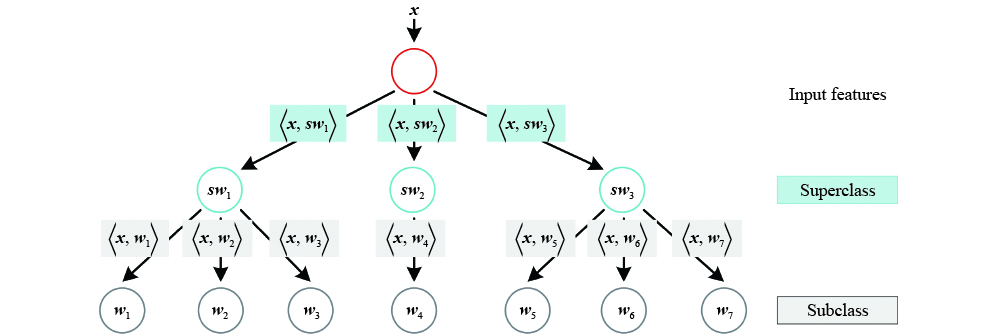Researchers tackle data-driven fault diagnosis mainly for fault type discrimination and fault severity identification, where the former is to know the fault location of the components, and the latter tries to analyze the degradation level related to the physical size of defects [
4,
5]. The DL-based fault diagnosis approaches tend to learn the signal patterns associated with a particular fault type or severity by DNN methods, e.g., autoencoder [
6], generative adversarial net [
7], recurrent neural network [
8], deep belief network [
9], and convolutional neural network (CNN) [
10]. Generally, vibration signals, acoustic emission signals, electrical signals, temperatures, pressures, and sound signals can be used for condition monitoring and fault diagnosis of bearings. Among them, vibration signals are widely used in the fault diagnosis of bearings [
11]. According to the different structures of the networks, the vibration data are usually transformed into different forms for analysis. For example, the time domain data or frequency domain data of the signal are generally used as the input of the recurrent neural network network, which is more suitable for the analysis of sequence data; the CNN model is suitable for processing high-dimensional data and performs well in analyzing the time-frequency distribution (TFD) of the signal, such as continuous wavelet transform (CWT) distribution [
12], short-time Fourier transform distribution [
13], and Chirplet transform [
14,
15]. More researchers regard the diagnosis problem as a single-level multiclassification problem and attempt to achieve higher classification accuracies by designing a more complex network. Most researchers ignore the logic of fault diagnosis and only focus on the judgment of fault type, but not the fault severity associated with the magnitude of the failure [
16]. Few approaches consider fault types and severities together when transforming the diagnosis task into a common classification task for processing, where each fault mode and each fault severity are treated as a specific label. For example, Zhao et al. [
17] converted the raw signals of bearings into grey images and directly adopted the CNN model for fault diagnosis. In the experiment, three fault types and three fault severities were considered at most, and the fault diagnosis task was transformed into a common 10-category classification task for processing. Analogously, Minhas et al. [
18] recognized the different fault types and severities of bearings as a single-level multiclassification problem by the complementary ensemble empirical mode decomposition and support vector machine (SVM) classifier. Pan et al. [
19] proposed a novel symplectic geometry matrix machine method for the classification of bearings with different fault types and severities. Wen et al. [
20] adopted a hierarchical CNN model for the classification of bearings with different fault types and severities. These explorations are beneficial to obtaining precise fault recognition no matter which data form or network structure is used. However, considering the actual application scenarios faced by fault diagnosis, the following issues are often overlooked:














